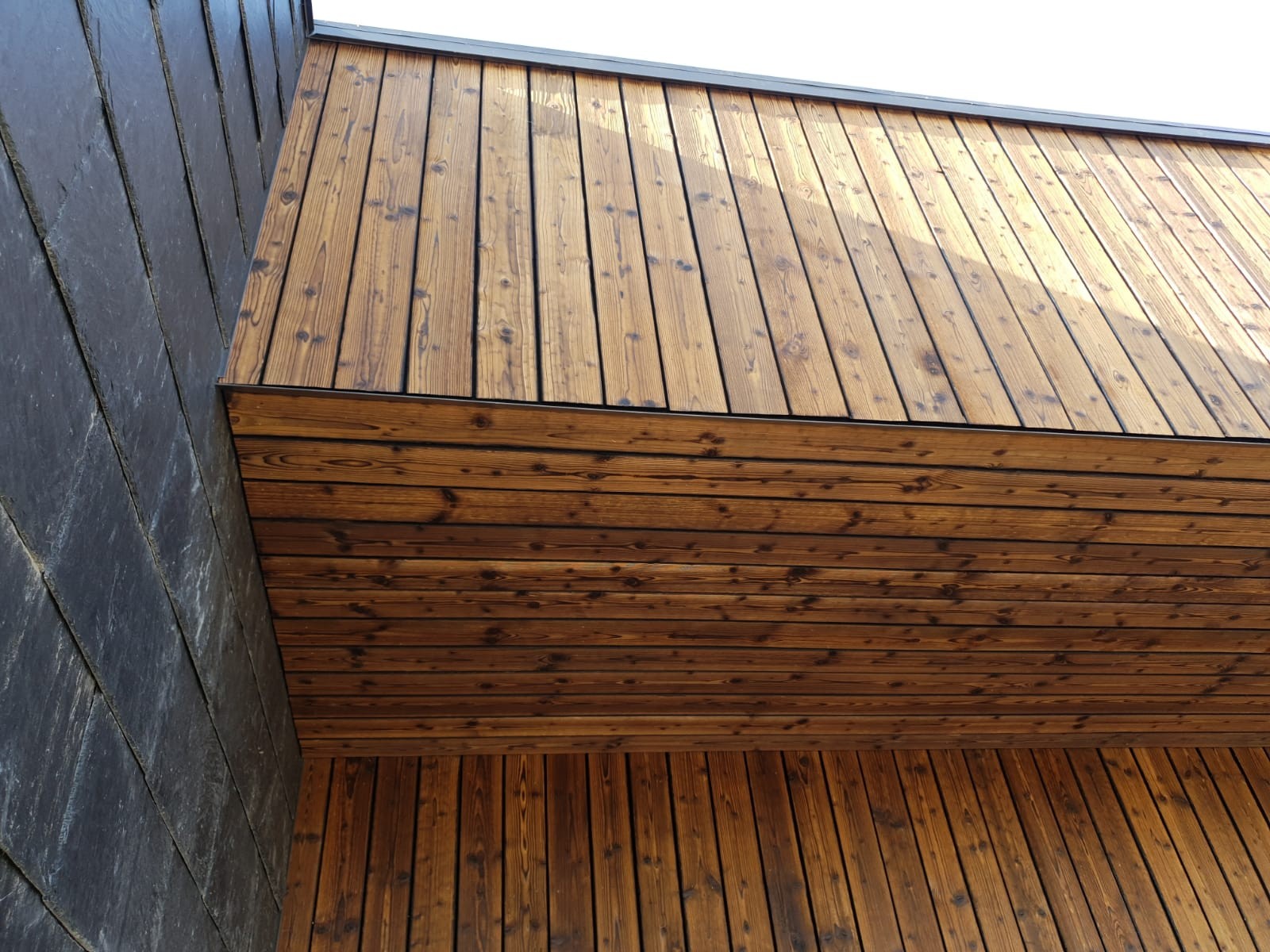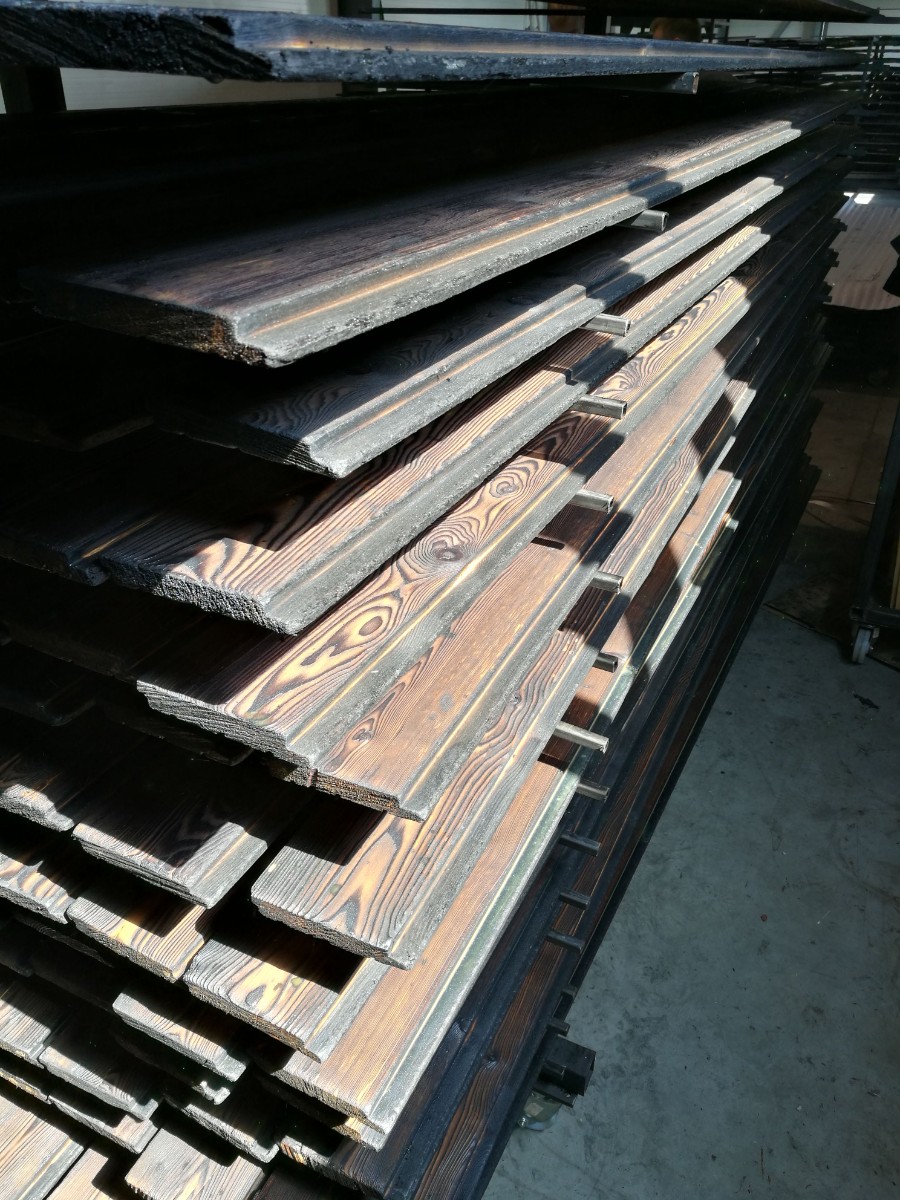Does Charred Wood Rot?
While wood adds beauty to the exterior of any building or outdoor project, preserving wood has long presented a challenge. Wooden cladding, fencing, decking, and flooring are susceptible to damage from the sun, insects, fungus, and rot. One way to preserve wood is to paint or stain it. However, these are only temporary solutions. You will need to repaint or restain the wood every ten years or so to maintain it. Repainting is more expensive than you might guess, or time-consuming and labor-intensive if you do it yourself. Pressure-treated lumber is another option. However, it relies on harsh chemicals to preserve the wood.

Charred Wood Is Incredibly Resistant to Rot
Burnt wood is another choice for preserving wood from decay. Japanese builders have used charred timber for centuries, calling the procedure Shou Sugi Ban or Yakisuki. It has long been used in Japan for its longevity. The charring process makes the wood resistant to fire, insects, fungus, rot, and (as recently discovered) harmful UV rays. That means that Yakisugi wood will not weather or fade when exposed to sunlight.
How Charring Preserves Wood
How does this work? Shou Sugi Ban is wood that has been exposed to fire long enough to leave a layer of charred wood, but not long enough to burn the wood or damage its structure. The process leaves a layer of char on the surface, which is essentially a layer of carbon protecting the wood. Since carbon does not rot, this layer shields the wood underneath from rot. The carbon layer makes the wood water-resistant when compared to regular timber. Less water penetrating the wood, combined with a protective shield of carbon, dramatically improves the overall resistance.
Termites and other insects hate the layer of carbon produced by charring. As a result, Shou Sugi Ban resists bugs without pesticides or other potentially harmful chemicals. The carbon layer is also resistant to weathering and fading. The sun’s rays do not fade or weather wood treated this way, making it much more durable than untreated wood. If you’ve ever seen a deck fade after just a few short years in the sun or a fence weather to a dull gray, you will appreciate charred wood’s exceptional longevity.
Colors and Styles

There are dozens of different kinds of charred wood available. Different types of wood, such as Accoya, larch, pine, spruce, and cedar, produce different colors and unique patterns. By varying the burn time, experts create even more color options. Thanks to different types of wood and burning techniques, Yakisugi offers beautiful, unique designs and combines effortlessly with all architectural styles. The burnt wood can be left as is, leaving an alligator-skin kind of texture, or brushed off to leave a smooth lumber retaining its protective carbon layer.
Final Thoughts
Shou Sugi Ban is a terrific choice for durable wood. It is a non-toxic way to make wood resistant to rot, insects, and weathering. Charred timber will last for 80-100 years without repainting or restaining. Maintenance is easy, as it needs only a new coat of oil every 10-15 years. Choose burnt wood for your next exterior or interior project, and you can leave the maintenance to future generations. To learn more about how Yakisugi can breathe new life into your home, check out Degmeda’s website.